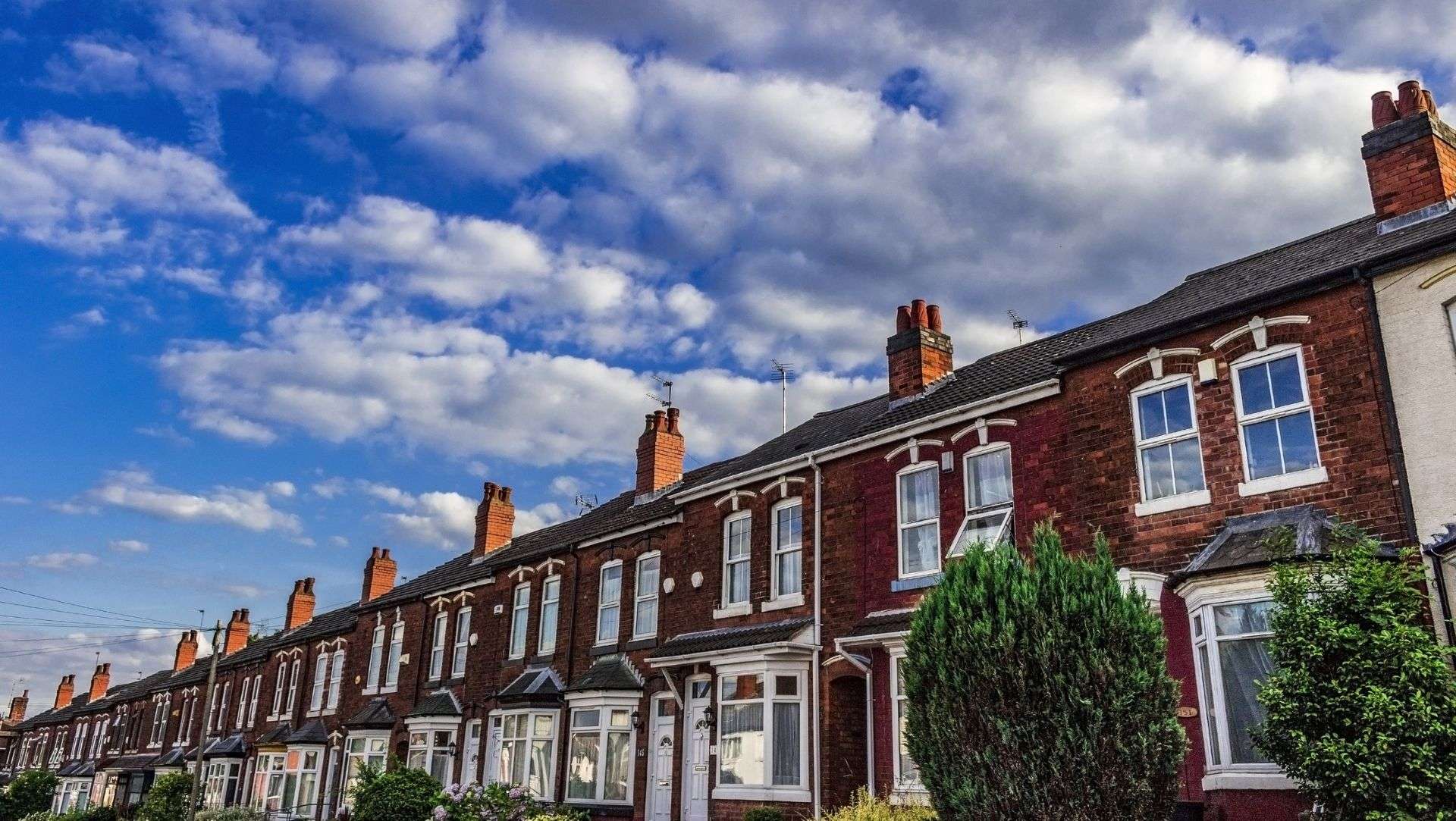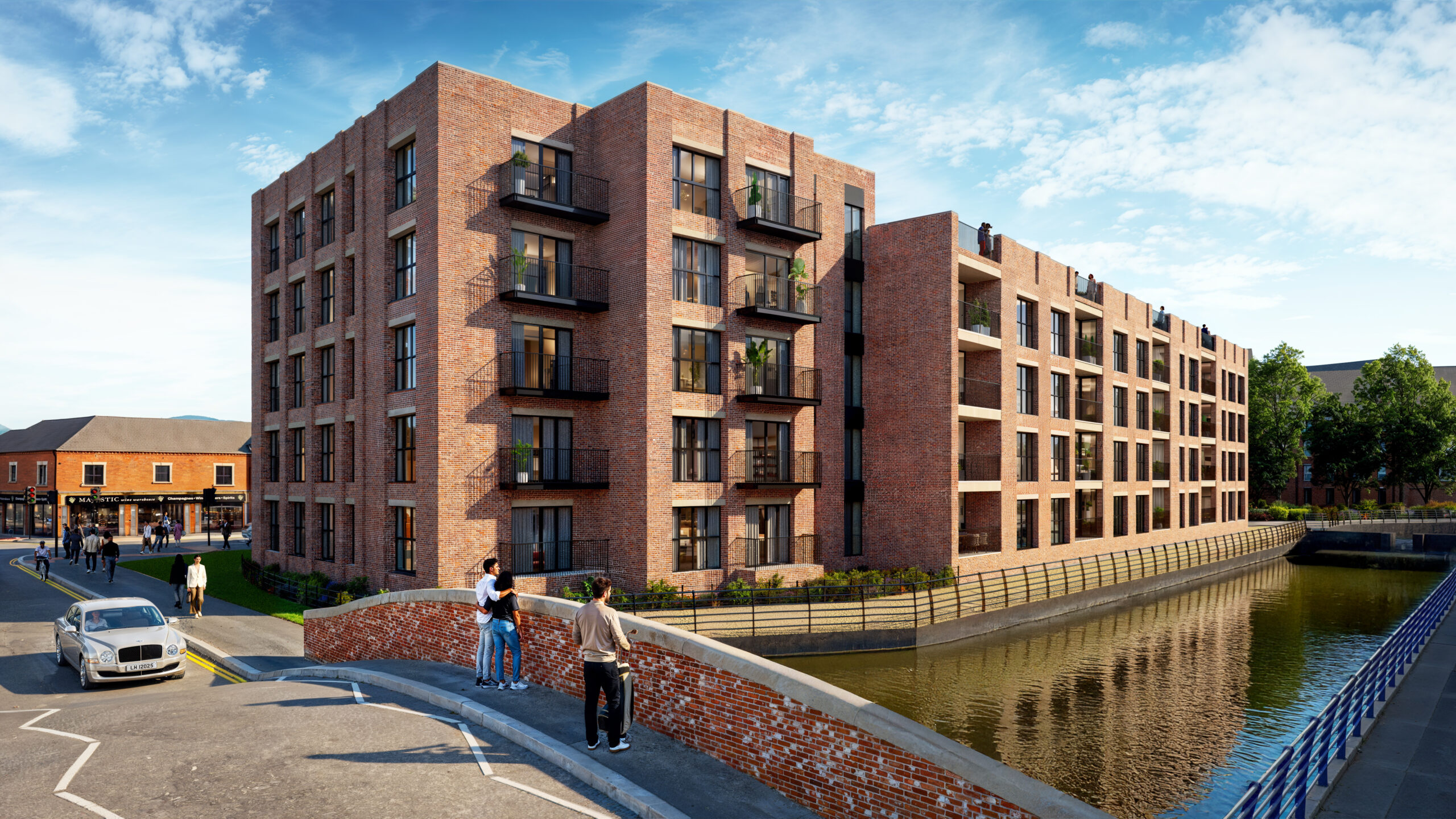Introduction: Why Social Housing Investments Are on the Rise
The UK property investment market is evolving rapidly, and social housing investments are emerging as a compelling opportunity for seasoned landlords and new investors alike. With rising demand for affordable housing, government backing, and stable, long-term rental yields, social housing offers a model that appeals to those looking for both profit and purpose.
For traditional buy-to-let investors, social housing represents a chance to diversify into a sector that is less exposed to market volatility. While the private rental sector is experiencing increasing regulation, tenant turnover, and price sensitivity, social housing offers consistent income, lower void periods, and often, less direct tenant management. In this guide, we will explore what social housing investments entail, how to enter the market, risks to consider, and how they compare with standard buy-to-let models.
What Are Social Housing Investments?
Social housing investments involve purchasing residential properties that are leased to housing associations, local authorities, or charities who then rent them to individuals in need of affordable housing. Investors benefit from long-term leases and regular rental income, typically backed by government funding.
Unlike traditional property rentals where landlords deal directly with tenants, social housing models often rely on full repairing and insuring (FRI) leases, which transfer property maintenance responsibilities to the lessee. This structure provides a relatively hands-off experience, appealing to investors seeking lower involvement.
The Demand for Social Housing in the UK
The demand for social housing in the UK is substantial and growing. With over 1.2 million households on local authority waiting lists and a chronic shortage of affordable homes, the government is increasingly looking to the private sector to help bridge the gap. This housing shortage creates a strong and consistent demand, making social housing investments particularly resilient.
Recent policy shifts and funding initiatives—such as the Affordable Homes Programme—underscore the government’s commitment to expanding this sector. For investors, this translates into an opportunity to align with long-term national objectives while generating steady returns.

Key Benefits of Social Housing Investments
For buy-to-let investors who are facing diminishing returns or increased overheads, social housing offers a compelling alternative. The main benefits include:
Predictable Income Streams
Rents in social housing are typically secured through contracts with housing providers, meaning investors receive stable, guaranteed income. In some cases, rental payments are underwritten by central or local government bodies, reducing payment risk.
Long-Term Lease Agreements
Leases can range from 5 to 25 years, minimising tenant turnover and void periods. This contrasts with standard AST agreements in buy-to-let, which are often six to twelve months in duration.
Minimal Management and Maintenance
Through FRI leases, responsibility for property maintenance, compliance, and tenant management is often handed over to the lessee. Investors can enjoy a passive income stream without the day-to-day hassles of property upkeep.
Social Impact and Ethical Investing
In addition to financial returns, social housing investments contribute to tackling the UK housing crisis. Investors can align their portfolios with ESG (Environmental, Social, Governance) principles and enhance their reputation as socially conscious stakeholders.
Risks and Challenges in Social Housing Investments
As with any investment, social housing is not without its risks. While the model offers many advantages, investors must conduct thorough due diligence.
Dependence on Housing Providers
Returns are often tied to the financial and operational health of the housing provider or charity leasing the property. If the organisation fails to meet its obligations or loses funding, rental payments may be jeopardised.
Property Suitability and Compliance
Social housing properties must meet specific criteria, including safety regulations and suitability for vulnerable tenants. Upfront costs to adapt or refurbish properties can be significant.
Limited Exit Strategy
The niche nature of social housing investments means the resale market can be more limited compared to standard buy-to-let properties. This can affect liquidity and capital appreciation prospects.
Lease Structuring and Legal Nuance
Navigating long-term lease agreements requires specialist legal advice to ensure that terms are favourable and enforceable. Issues like rent reviews, maintenance responsibilities, and termination clauses need careful scrutiny.
How to Start Investing in Social Housing
For investors interested in transitioning into social housing, there are several entry routes.
Direct Ownership
This involves purchasing a property and entering into a lease agreement with a housing association or charity. Investors should partner with reputable providers and ensure properties meet the required standards for social housing use.
Partnering with Specialist Developers
Some developers specialise in sourcing, refurbishing, and leasing properties for social housing. These partners can offer turnkey solutions for investors, including sourcing, tenanting, and management.
Social Housing REITs and Funds
Real Estate Investment Trusts (REITs) focused on social housing provide a way to invest without the responsibilities of direct ownership. These are suitable for investors seeking liquidity and diversification.

Comparing Social Housing with Traditional Buy-to-Let
Buy-to-let has long been the cornerstone of UK property investment, but the landscape is shifting. Tax changes, rent caps, licensing requirements, and increased maintenance costs have eroded returns in many parts of the country.
Social housing investments offer a counterbalance:
- Revenue Stability: While buy-to-let income can fluctuate, social housing offers fixed rental income.
- Lower Operational Burden: Tenant management and maintenance are often outsourced in social housing, unlike the hands-on nature of buy-to-let.
- Regulatory Advantage: Social housing is less exposed to tenant protection legislation affecting private landlords.
- Growth Potential: While buy-to-let profits can rely on capital growth, social housing emphasises income stability—particularly attractive in uncertain markets.
For investors with large buy-to-let portfolios, allocating a portion to social housing can mitigate risk and enhance cash flow resilience.
What to Look for in a Social Housing Provider
Choosing the right housing provider is critical. Investors should assess:
- Track Record: Look for a history of successful lease agreements and tenant management.
- Financial Stability: Verify funding sources and financial standing, particularly if rent is government-backed.
- Compliance and Accreditation: Ensure the provider is regulated and meets housing quality standards.
- Lease Terms: Understand rent escalation clauses, break clauses, and responsibilities assigned to each party.
Due diligence on the provider is as important as assessing the property itself.
The Future of Social Housing Investments in the UK
The long-term outlook for social housing investments is highly positive. The UK’s demographic trends, economic pressures, and political climate suggest continued reliance on private capital to deliver public housing outcomes. Government incentives and ESG-driven institutional interest are likely to further support the sector.
Innovation is also emerging. Modular homes, co-living for vulnerable groups, and technology-led property management are being adopted to enhance efficiency and tenant experience. These trends will open up new avenues for forward-thinking investors.
Conclusion: Are Social Housing Investments Right for You?
Social housing investments offer a robust, ethical, and potentially lucrative alternative to traditional property investing. For buy-to-let investors weary of rising costs and regulatory burden, this model provides a refreshing contrast. Its long leases, predictable income, and passive nature appeal to those seeking stable, long-term returns with a social purpose.
However, success requires informed decisions, careful partner selection, and a long-term view. Social housing isn’t a “get-rich-quick” strategy, but for the right investor, it could be a cornerstone of a resilient and responsible portfolio.
Whether you’re a seasoned property investor or exploring alternatives to traditional rentals, now is the time to seriously consider the strategic benefits of social housing investments in the UK.















